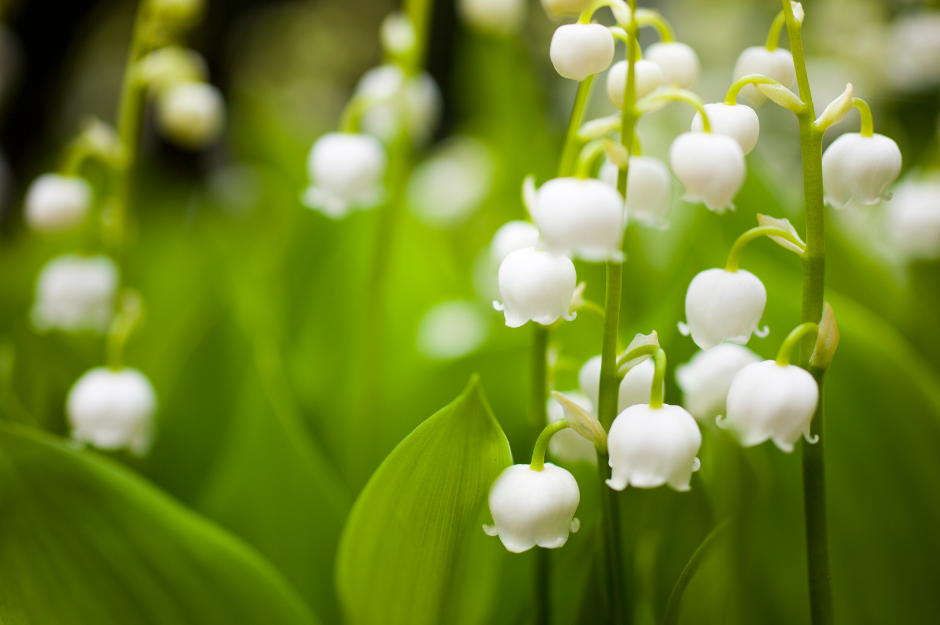

May's birth flowers: lily of the valley and hawthorn
'Cast ne'er a clout ere May is out' - this phrase is said to be connected not to the month of May ending, but the turning of Spring to Summer when the Hawthorn trees bloom at the beginning of the month. What a way to introduce one of May's birth flowers!
The Hawthorn's (Crataegus monogyna) association with the fifth month of the year goes back for centuries, including in paganism where it's thought the original May poles were made from hawthorn because the brown-grey and craggy wood is used in turning. Known as the May tree, Crataegus grow in many different conditions, but best prefer bright direct sunlight.
The May tree is easily recognisable not just from its look, but also from its touch if you get too close - as the name 'Hawthorn' suggests, this plant's branches and twigs are covered in sharp, needle-like thorns! It's a lovely plant to admire though thanks to the gorgeously dainty flowers that burst in clusters all over it in the month of May. These flowers later turn in to vibrant red berries which are a food source for birds. These berries can be turned in to jam.

The hawthorn is certainly a lovely birth flower to have for those born in May. There is symbolism and folklore that goes back centuries and more. There is meaning in fertility and birth, likely because its connection with the Spring season, but also there is a legend that Joseph of Arimathea (the man who took responsibility for burying Jesus after the crucifixion) travelled to Britain to spread the word of Jesus Christ. On his journey through England, he pushed his staff in to the ground to sleep and when he awoke, his staff had taken root and blossomed into a Crataegus tree - now known as the Glastonbury Thorn (Crataegus monogyna 'biflora'). This tree flowers twice a year, at Easter and Christmas.
May's other birth flower, the Lily of the Valley is another auspicious and special flower for anyone celebrating their birthday this month. Latin name Convallaria majalis, the Lily of the Valley is what is known as an 'Ancient Woodland signifier' because of its tendency to grow on sites that are believed to be woods that are centuries old. So if you are out walking in the countryside and spot this May birth flower, the chances are you're standing in ancient woodland!

You can easily spot a Lily of the Valley for the plant's shape but also its smell. Convallaria has a sweet and enchanting scent that makes it a popular plant to grow in gardens - who wouldn't want to sit out on a sunny day and smell this birth flower's aroma on the gentle breeze. The fragrance is so popular that it's often used in perfumes and room fragrances. Recognise the Lily of the Valley from the dainty, bell-shaped white flowers that hang forwards from a single stem, with long oval leaves that grow just short of the ground in pairs.
The Lily of the Valley has symbolism in happiness, purity of heart, fortune in love and making life complete. It's these meanings, plus its gorgeous scent and shape that make it a popular flower for Spring wedding and event bouquets. In fact, the late Queen Elizabeth II had Lily of the Valley flowers in her Coronation bouquet in 1953, and the May birth flower has featured in many royal weddings and occasions since.
If your birthday is this month, why not venture out and try to find your birth flowers growing in some of our gorgeous countryside and woodland. Or if you have space, grow them in your garden so you and the plants can celebrate your birthday together!